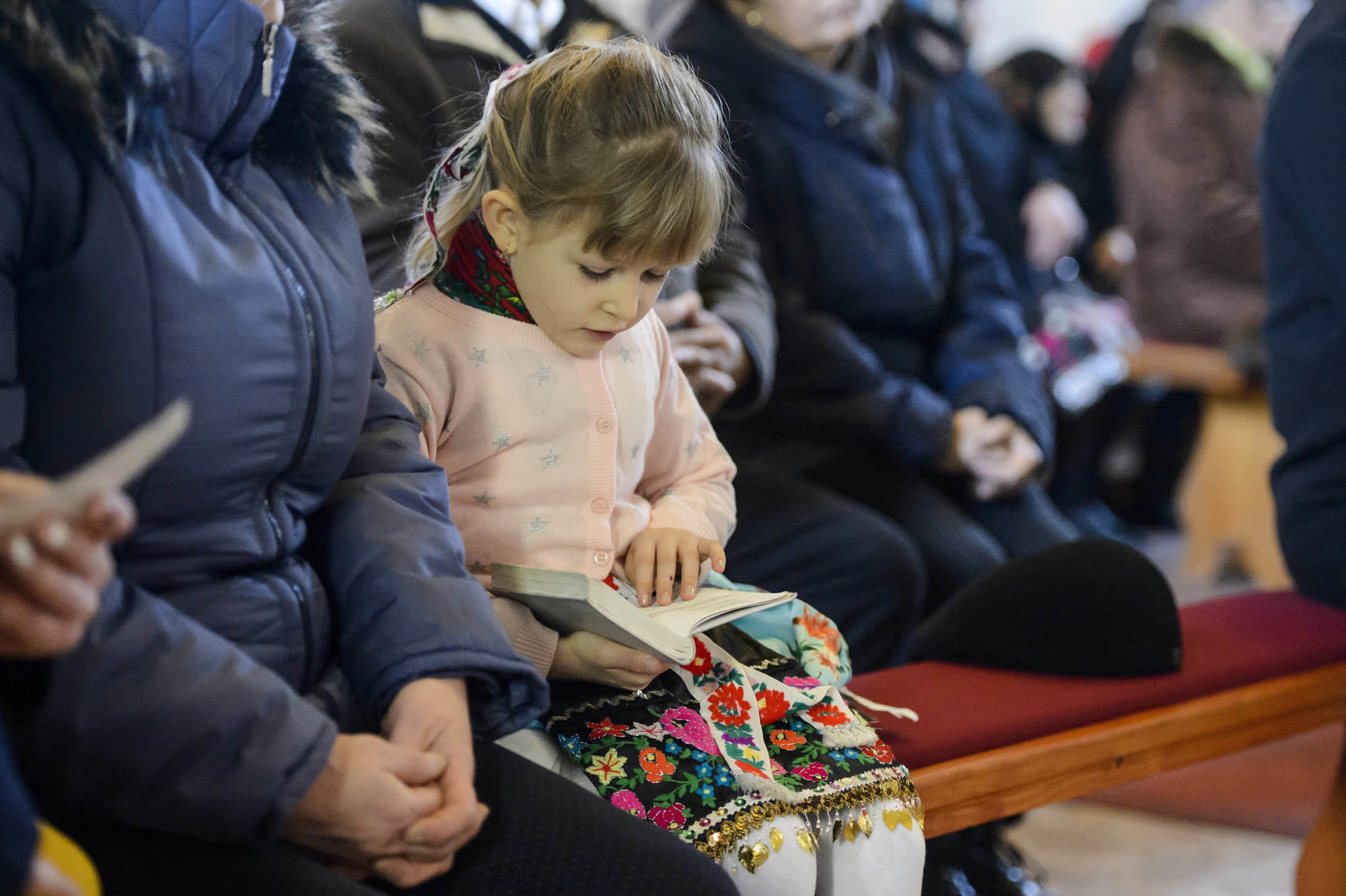"Porn literacy" aims to make sure that schools are exposing kids to the broadest range of sexualized matter.
Body Talk

The need is great for improved fertility education in public schools.
In state capitals nationwide, Democrats and Republicans are locked in legislative battles over vital issues such as transgender people participating in girls’ sports and pornographic books in school libraries. Yet one crucial issue remains unaddressed: the critical need for comprehensive fertility education in K-12 schools.
Considering the birth dearth we are facing, giving both women and men a better understanding of when the former can become pregnant is more important than ever before. States with low birth rates and shrinking populations face fiscal risks in shrinking tax bases and a lower demand for real estate and workforce. A recent Pew study found, “Forty-three states recorded their lowest general fertility rate, which represents annual births per 1,000 women aged 15-44, in at least three decades in 2020.” Iowa’s birth rate actually fell more than 16 percent from 2007 to 2022. There is also a growing body of evidence that women are having less children than they want to, due to both economic and social factors.
My journey through Iowa public schools offered a firsthand look at the shortcomings of public school sex education programs. I sat through boring, if not a little awkward, presentations by Planned Parenthood workers. They warned it was possible to get pregnant at any point during the month (wrong!) and mainly focused on the dangers of pregnancy, sexually transmitted diseases, and infections, coming armed with slideshows of rashes and warts.
Natural family planning was quickly dismissed as too risky since hormonal or barrier methods were “safer.” There was little focus on the workings of a woman’s body, or even the various issues with fertility that men can experience.
Both during high school and college, two major misconceptions persisted among educators and healthcare workers: pregnancy was a constant threat to young women, and ovulation (the window of time in which women can become pregnant) was a nebulous phenomenon.
Learning as a teen that getting pregnant is easy and simple, only to face fertility problems in your 20s or 30s when trying to conceive is a harsh reality that many couples face. In the United States, among married women aged 15 to 49 years with no prior births, about 1 in 5 (19 percent) are unable to get pregnant after one year of trying.
Most of my girlfriends, influenced by pushy doctors and well-meaning parents, opted for hormonal birth control without fully understanding the alternatives or potential consequences.
The default setting for the modern young woman is now clearly birth-controled.
This is evident by the fact that birth control is broadly prescribed to about 1 in 5 teenage girls, most of whom are not having sex, out of an abundance of caution. Hormonal birth control is frequently perceived as a swift remedy for acne, migraines, and painful menstruation—issues commonly experienced by teenage girls, even though they often naturally resolve as hormones stabilize.
Fast forward to the present, and we witness a technological revolution in fertility tracking. To name just one example, Natural Cycles is a non-hormonal fertility tracking company that gained FDA approval, marking a significant shift toward empowering women with choices beyond traditional contraceptive methods. The app’s “perfect use” failure rate of 1.8 percent speaks volumes about the efficacy of this approach.
The advent of the contraceptive pill in the 1960s marked a triumph for the feminist movement, granting women unprecedented control over their fertility. However, the landscape has evolved, and modern alternatives like Natural Cycles offer a different narrative, emphasizing informed choices and a deeper understanding of one’s own body.
This technological shift transcends religious and secular boundaries, appealing to a diverse audience and dismantling the stigma associated with non-hormonal contraceptive methods.
As Iowa and other states grapple with competing legislative proposals, there is an urgent need to prioritize improved fertility education in public high schools and middle schools. The focus should not solely be on the politics of abortion or early fetal development but on arming young women with comprehensive knowledge about their fertility that isn’t solely based on fear of pregnancy.
We need to empower young women to make informed decisions about their reproductive health so that they aren’t scared into taking the Morning After Pill or preyed upon by eager doctors.
Educators dismissing ovulation tracking with sarcasm belongs in the past. It’s time to embrace a future where comprehensive fertility education is the cornerstone of sexual education, ensuring that every young woman is fully informed and in tune with her own body.
The American Mind presents a range of perspectives. Views are writers’ own and do not necessarily represent those of The Claremont Institute.
The American Mind is a publication of the Claremont Institute, a non-profit 501(c)(3) organization, dedicated to restoring the principles of the American Founding to their rightful, preeminent authority in our national life. Interested in supporting our work? Gifts to the Claremont Institute are tax-deductible.
Our schools, even without CRT, are failing to prepare students for a skills-based job market.
Children should be reading age-appropriate material at school.
Hungary’s model shows how it’s done.
Securing the means of reproduction.
Having designer babies the old-fashioned way.






